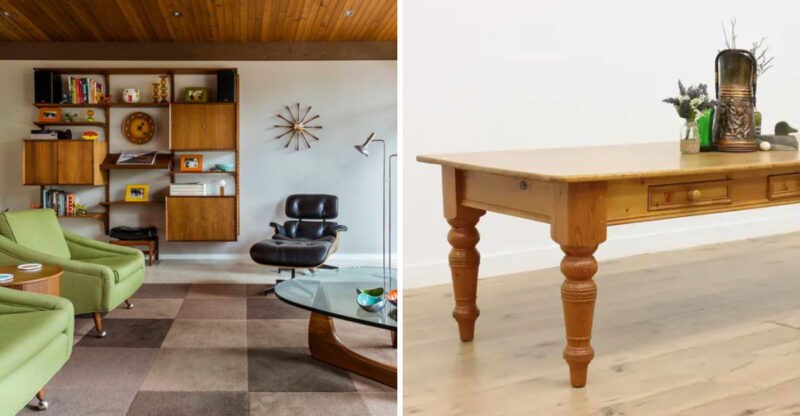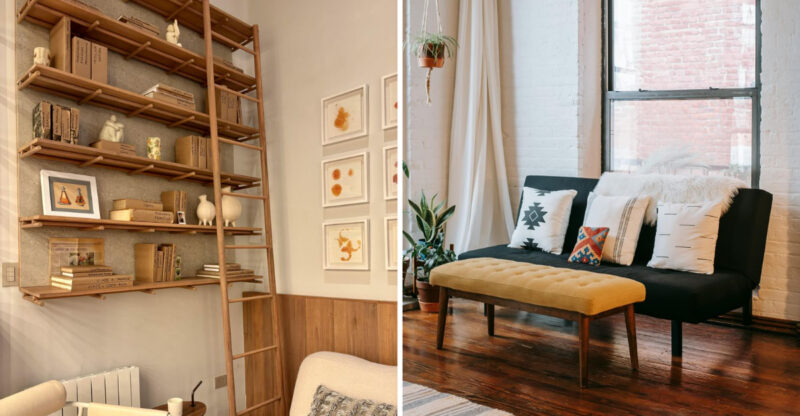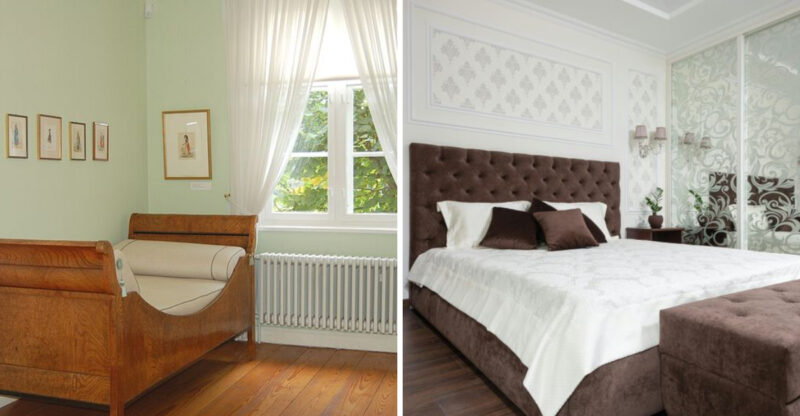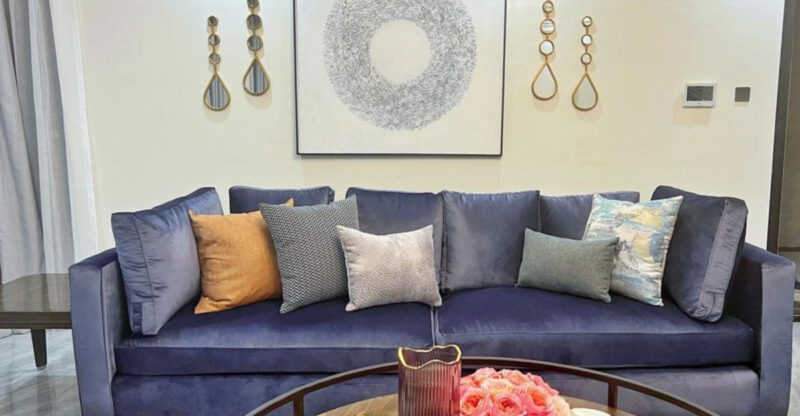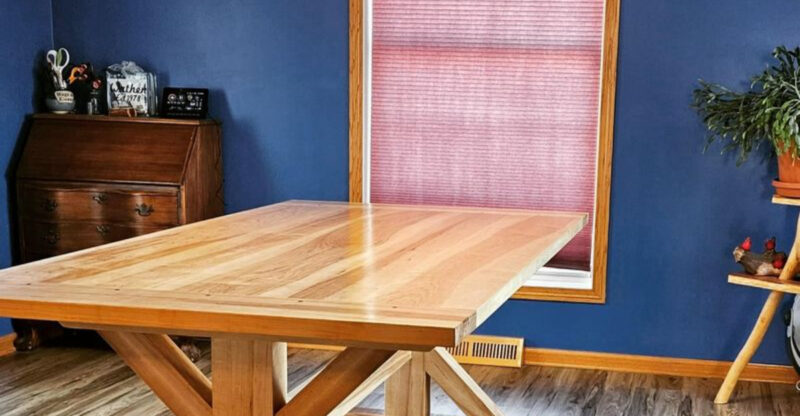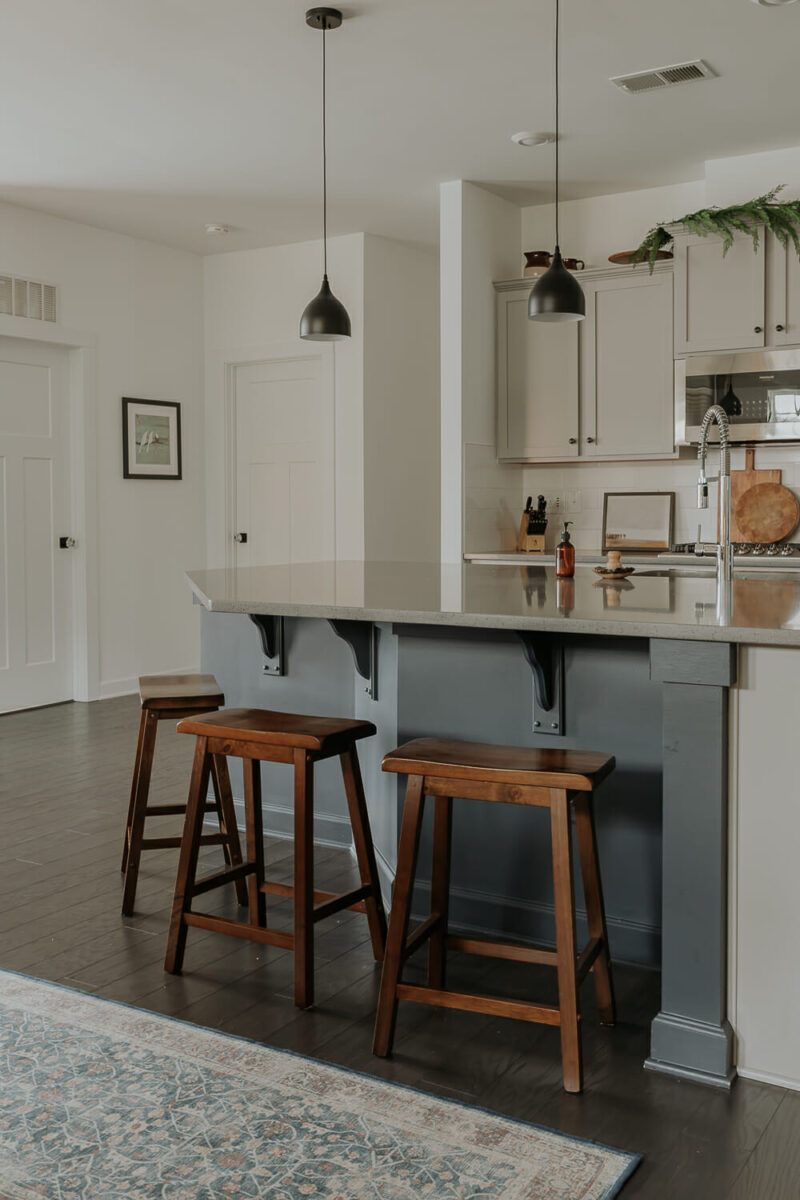Experts Spot 11 Traditional Kitchens That Could Become The Next Big Thing
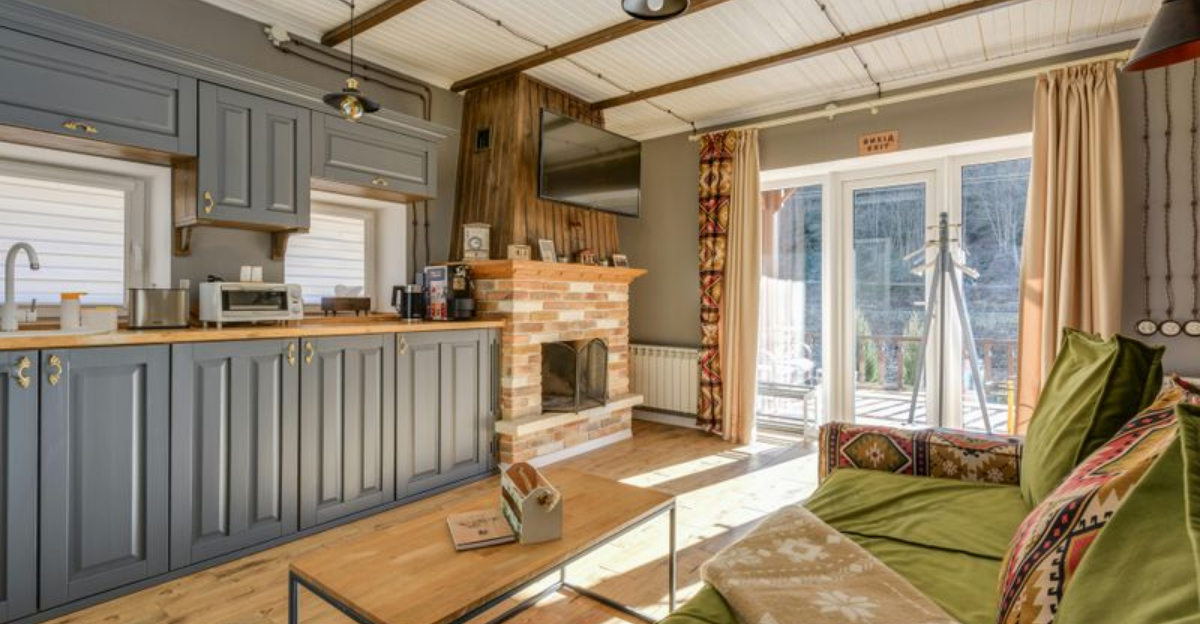
Kitchen design trends come and go, but traditional elements often find new life in modern homes. While not every style will suit every kitchen, many classic features are being reimagined with contemporary twists.
Interior designers and renovation experts note that homeowners increasingly appreciate these timeless touches, blending charm and functionality in ways that feel both familiar and fresh.
1. Farmhouse Kitchens with Apron Sinks
Rustic charm meets practical design in farmhouse kitchens featuring deep, wide apron sinks. These statement pieces instantly transform ordinary kitchens into cozy gathering spaces where family traditions thrive.
What makes these sinks special is their versatility they work beautifully in both country cottages and urban apartments. The exposed front panel (apron) comes in various materials including fireclay, copper, and even concrete for a truly customized look.
Designers are pairing these sinks with modern fixtures and industrial-inspired faucets to create a perfect blend of old and new. This fusion approach prevents the farmhouse aesthetic from feeling too themed while maintaining its warm, inviting character.
2. Shaker-Style Cabinets
Simplicity reigns supreme with Shaker-style cabinets making a powerful comeback in kitchen design. Their clean lines and minimal ornamentation create a timeless foundation that adapts to virtually any design scheme.
Homeowners appreciate how these cabinets can easily transition between traditional and contemporary styles. The five-piece door construction featuring a recessed center panel offers subtle visual interest without overwhelming the space.
Designers are now experimenting with bolder color choices for these classic cabinets deep blues, forest greens, and even black finishes transform the humble Shaker into a statement piece. Many are also mixing in glass-front upper cabinets to break up visual weight while maintaining the signature Shaker framework.
3. Butler’s Pantries
Hidden workspaces are making a triumphant return as homeowners rediscover the practical luxury of butler’s pantries. These secondary prep areas provide valuable storage while keeping the main kitchen clutter-free during entertaining.
Though originally designed for the household staff of grand estates, today’s butler’s pantries serve as multifunctional spaces. They often house small appliances, bar setups, coffee stations, and overflow pantry goods that would otherwise crowd main kitchen countertops. The beauty of modern butler’s pantries lies in their customization potential.
Some feature additional sinks and dishwashers for serious entertainers, while others incorporate wine refrigerators and glass storage. Even in modest homes, carving out a small butler’s pantry between kitchen and dining areas adds tremendous functionality.
4. Classic White Subway Tile Backsplashes
Humble beginnings led to design stardom for white subway tiles, which originated in New York City’s underground transit system. Their clean, rectangular shape creates a timeless backdrop that complements virtually any kitchen style. If you’re wondering why these simple tiles endure decade after decade, look to their incredible versatility.
Designers are breathing new life into this classic by playing with installation patterns herringbone, vertical stacking, and basketweave arrangements add unexpected visual interest while maintaining the tile’s inherent simplicity.
Grout color choices have become another way to refresh this traditional element. Dark charcoal or black grout creates dramatic contrast, while colored grouts in soft blues or greens add subtle personality. Some homeowners are even selecting handmade versions with slight irregularities for added character.
5. Hardwood Floors with Herringbone Patterns
Elegant geometric precision defines herringbone hardwood floors, elevating traditional kitchens with architectural interest from the ground up. This classic pattern dates back to European palaces but feels surprisingly fresh in contemporary homes.
How does this intricate flooring pattern work in modern spaces? The diagonal arrangement of rectangular wood pieces creates movement and dimension, making even modest kitchens feel more expansive. Designers love pairing these floors with simpler cabinetry to avoid visual competition.
Light-toned woods like oak and ash are particularly popular for herringbone installations, as they showcase the pattern while brightening the space. Many homeowners are also experimenting with wider planks than traditional herringbone, creating a more relaxed interpretation of this classic flooring style while maintaining its sophisticated appeal.
6. Open Shelving with Wooden Brackets
Practical beauty shines through in kitchens featuring open shelving supported by decorative wooden brackets. This traditional storage approach removes visual barriers while showcasing cherished dishware and cooking essentials.
Wooden brackets transform utilitarian shelving into architectural features worthy of attention. Craftsman-inspired brackets with gentle curves, corbel designs, or simple geometric shapes add warmth and character that standard floating shelves can’t match. Designers recommend limiting open shelving to select areas rather than replacing all upper cabinets.
This balanced approach maintains necessary closed storage while creating display opportunities. The combination of weathered wood brackets with painted shelves creates particularly interesting textural contrast, while matching woods create a cohesive, warm aesthetic that complements traditional kitchen designs.
7. Vintage-Inspired Range Hoods
Statement cooking zones emerge when vintage-inspired range hoods become the focal point of traditional kitchens. These architectural elements draw the eye while performing the essential function of ventilation.
Metal finishes like hammered copper, brass, and zinc develop beautiful patinas over time, telling the story of meals prepared beneath them. Custom hood designs often incorporate decorative moldings, rivets, strapping details, or curved shapes that echo historical styles while complementing modern appliances.
Where standard stainless steel hoods disappear into the background, these character-rich alternatives celebrate the hearth as the heart of the home. Many homeowners are pairing these substantial hood designs with professional-grade ranges, creating a cooking area that balances serious functionality with visual warmth that mass-produced hoods simply can’t deliver.
8. Marble Countertops
Natural elegance flows through kitchens featuring marble countertops, where each slab tells a unique geological story through its veining patterns. Despite newer engineered options, authentic marble maintains its appeal for those seeking time-tested luxury.
Carrara and Calacatta varieties remain the most sought-after, with their distinctive white backgrounds and gray veining. Designers appreciate how these natural stones develop character over time, with subtle patina that manufactured surfaces can’t replicate. Though marble requires more maintenance than quartz or granite, many homeowners embrace this relationship with their countertops.
Honed finishes (matte rather than polished) have gained popularity for their softer appearance and reduced tendency to show etching. The combination of marble counters with traditional elements like inset cabinetry creates a kitchen with authentic historical references.
9. Enamel Farmhouse Sinks
Brilliant white enamel farmhouse sinks stand out as both functional workhorses and design statements in traditional kitchens. Their deep basins and wide openings accommodate everything from large pots to flower arranging with equal ease.
Did you know these sinks trace their heritage to an era before indoor plumbing? Originally, they were standalone pieces designed to hold water carried from wells. Today’s versions maintain that practical spirit while offering modern durability through improved enamel formulations. Designers are increasingly pairing these classic sinks with unexpected elements like industrial-style faucets or contemporary cabinet pulls.
This juxtaposition creates visual tension that prevents traditional kitchens from feeling too themed or precious, while the sink’s substantial presence anchors the space with authentic character.
10. Glass-Front Cabinets
Visual breathing room appears in traditional kitchens featuring glass-front cabinets that break up solid wall expanses. These transparent elements create depth while showcasing cherished dishware and special occasion pieces.
Leaded glass patterns add particularly distinctive character to these cabinets, with diamond, square, or custom designs filtering light while partially obscuring contents. This traditional detail allows for display without requiring perfect organization inside a practical compromise between open shelving and solid doors.
Designers often recommend limiting glass-front cabinets to upper sections above counters or in corner installations. Interior cabinet lighting transforms these features into glowing focal points after dark, highlighting collections while adding ambient illumination. The combination of glass fronts with solid lower cabinets creates balanced visual weight throughout the kitchen.
11. Two-Tone Cabinetry
Bold visual contrast emerges when kitchens feature two-tone cabinetry, a traditional approach gaining fresh momentum in contemporary designs. This technique typically pairs darker base cabinets with lighter upper cabinets, creating a grounded yet airy feeling.
Islands often serve as the perfect opportunity to introduce a second cabinet color. A navy blue island surrounded by white perimeter cabinets creates a focal point that anchors the space while maintaining overall brightness. Many homeowners appreciate how this approach allows for color expression without overwhelming the space.
Designers recommend selecting colors from the same family with different intensity levels for subtle contrast, or complementary colors for more dramatic effect. The combination of painted lower cabinets with natural wood uppers creates particularly interesting textural variation within this traditional framework.

